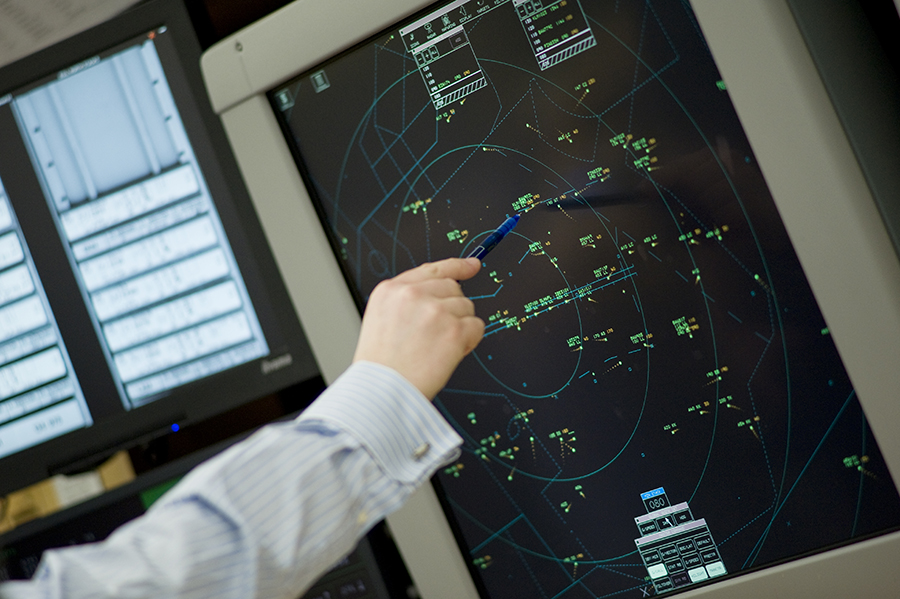IMPROVING FLIGHT EFFICIENCY BY ADDRESSING AIRSPACE CONSTRAINTS
This Solution was formerly part of PJ.10-01c
Today, controllers are responsible for the management and safe separation of aircraft within their geographically defined sector. Any other controller wishing to control traffic in their sector must agree a coordination. Furthermore, controllers must coordinate traffic at sector boundaries using voice or electronic dialogue to maintain safe separation between aircraft at the point of transfer from one sector to the next. Using the SESAR solution of collaborative control, facilitated by advanced tools, controllers can issue instructions to aircraft beyond their sector, reducing the need for these coordination agreements. Additionally, fewer boundary constraints are required; only for separation or air traffic flow/complexity management purposes, therefore enabling more efficient flight profiles.
The concept, applicable to very high complexity airspace, includes the ability for one controller to instruct (clear) an aircraft to enter a sector that is under the jurisdiction of another controller without a coordination being agreed explicitly first, either verbally or electronically. This is made possible through the introduction of the collaborative control toolset and procedures. Within a defined collaborative area, airspace is ‘reserved’ by the system for the controller who ‘owns’ the airspace based on the expected needs of flights in their sector, and the remaining ‘free’ airspace is available for the use of any other controllers. The candidate solution requires that the possible results of a collaborative action are shown to all relevant actors, therefore all controllers involved would be aware of the traffic situation and be able to separate their traffic without degradation in safety from current operations.
BENEFITS
Enhanced capacity
Improved environmental performance
More efficient flight profiles

